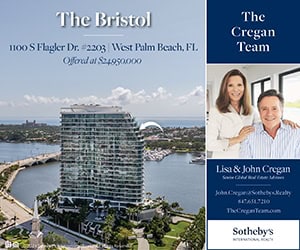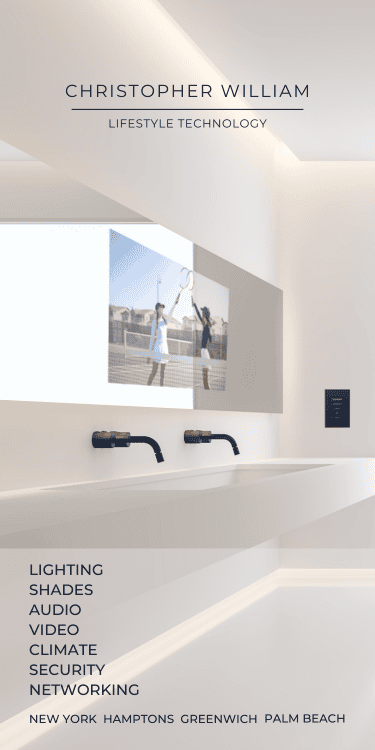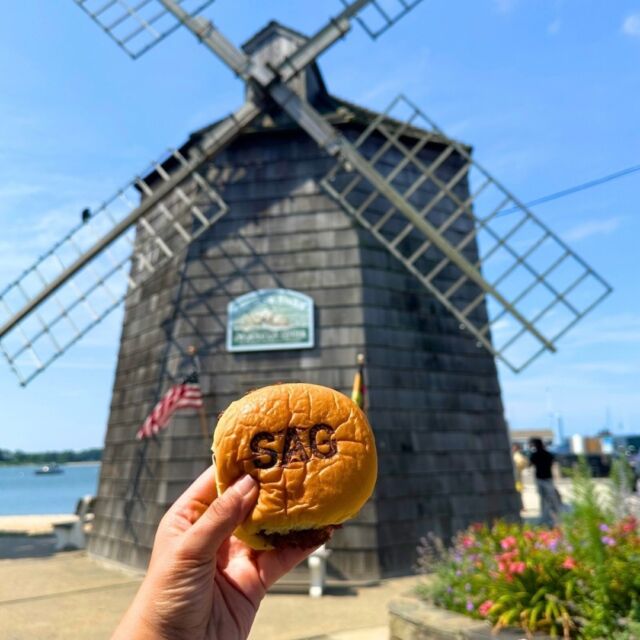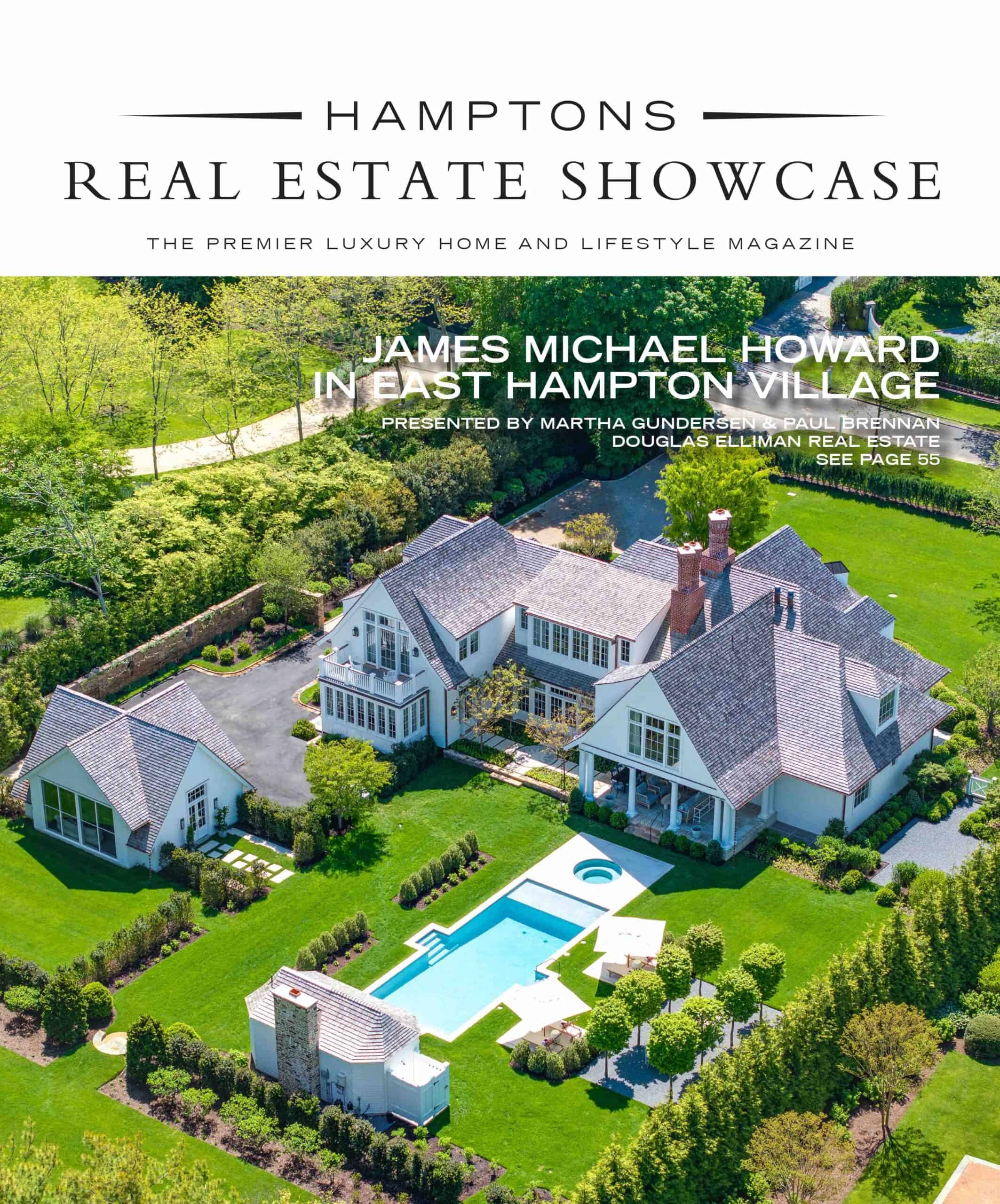 There are three types of people who keep wine cellars according to Michael Cinque, owner of Amagansett Wines & Spirits: those who treat it like a commodity — “gold in the basement,” those who talk about their wine, and his final and favorite kind – those who drink it.
There are three types of people who keep wine cellars according to Michael Cinque, owner of Amagansett Wines & Spirits: those who treat it like a commodity — “gold in the basement,” those who talk about their wine, and his final and favorite kind – those who drink it.
Writer Michael Braverman is one such imbiber. “Most people make too big a deal about aging,” he says. “There’s only a small group of wines that improve with age.” Of the 600 or so bottles he keeps in his East Hampton cellar, most are stored to be used up quickly. “I might keep five or six cases of wines that I think are important, notably Bordeaux and Burgundies, and need to be aged. Most of the good to very good reds produced now are at their best when still pretty young.”
Steve Latham, a Southampton lawyer, also falls into the drinking category. “My cellar isn’t a showcase,” he says, “but it provides lots of enjoyment and shows what you can do if you don’t want to spend a fortune dressing up your collection.” While he admits to being an “avid collector,” he stresses that his collection is “modest,” no more than 100 cases. “It is the most low-tech setup you could imagine. No expensive built-in shelves, exotic lighting or $10,000 tasting tables. The cellar happened by accident, when a contractor who was building a small addition suggested I dig out a crawl space to store my 10 cases of wine. Two insulated walls and a cooler later, I have room for 100 cases.”
Rob Likoff, an East Hampton entrepreneur, is another who focuses on drinking his cache, but his cellar is a bit roomier than most. The oenophile started collecting 25 years ago when he discovered that when he’d try to replace a favorite bottle it was often gone. So he excavated the land next to his house, plopped a deck on top, and started building an inventory. The space now boasts circa 5,000 bottles valued at about $500,000. Though he likes to quaff, he doesn’t mind playing the waiting game. When he first sipped a ’61 Chateau Latour, “a light bulb went off in my head about aging. It was life changing to think that it’s not just what it tastes like now, but what it will be when it hits its prime window.”
His greatest enjoyment is to “watch wine develop over time.” Opening a bottle is always a surprise. “You never know what you’re going to get.” Though it’s all about sharing a bottle or two with family and friends, he has been known to sell some of his coveted vintages. As one of the first enthusiasts to collect Screaming Eagle – he bought the first vintage more than 20 years ago for $35 – he knows his stuff. A bottle is now worth roughly $850. “If someone’s going to give me $5,000 for a bottle of wine, am I really going to have a burger with it?”
Cinque, who always keeps “a dozen bottles standing up and ready to go,” is ruled by the philosophy: “Drink anything that’s here.” He once told his sons to pick any bottle they wanted. They returned from the cellar with a ’62 Chateau Latour, which he recalls, “was great with burgers.” Once an important bottle is finished, he keeps the empty as a trophy replete with the date of consumption written on the label and signatures of imbibers. He also has several vintages of family members’ birth years awaiting opening on appropriate birthdays. If a dinner guest brings a bottle of wine that doesn’t get drunk, all who are present sign it as a pact that they will swill it together at some time in the future.
Cinque, who also owns a vineyard on the North Fork and a partnership in Red Hook Winery in Brooklyn (from which is produced 27 labels overseen by distinguished Napa Valley winemakers), organizes his inventory by geography starting from California and working east to France and Spain, then south to Australia. Acting as a consultant, he has helped design many a cellar for clients. His proprietary software keeps tabs on each bottle including when to drink it, its score, and even its value. Besides a series of verticals (different vintages from the same winery), he has many important bottles including Penfold’s Grange, Sterling Vineyards Diamond Mountain Ranch, and Lafite Rothschild. Perhaps his most memorable bottle (now empty) was a ’73 Stags Leap cabernet sauvignon, uncorked at a re-enactment of the Judgment of Paris, produced by the New York Food and Wine Society, of which he sits on the board. It was the very same vintage that won the much-ballyhooed original contest. (For those who aren’t familiar with the event, it was a blind tasting where California wines first came into their own by beating their French competition, despite a panel of snooty French judges.) Meanwhile, he continues to open good bottles “for people who don’t have a clue, but want to learn. Life is short so you’ve got to drink it sooner rather than later.” Even with burgers.
– Lauren Aitken


















![At @inspirseniorliving, they’re transforming senior living and elevating every dimension of life. With a philosophy that embraces enhanced wellness and immersive experiences, their communities offer residents a lifestyle that meets and exceeds everything they’ve envisioned for their lives; including Assisted Living, Memory Care, or Enhanced Care. [link in bio]](https://hamptonsrealestateshowcase.com/wp-content/uploads/sb-instagram-feed-images/452692090_1818077558601184_7837181803899896025_nfull.jpg)
![A winding private drive leads the way to 198 Two Holes of Water Road, situated on 10± acres with plenty of seclusion, privacy, and an all weather tennis court. After undergoing a top-to-bottom renovation in 2019, the estate has been marked by dramatic sculptural touches, wide expanses of scenic space, and is ready for immediate occupancy. Represented by @tomcavallo of @douglaselliman. [link in bio]](https://hamptonsrealestateshowcase.com/wp-content/uploads/sb-instagram-feed-images/452714375_18452144299030135_7245639606158274147_nfull.jpg)


![When Brooke Abrams undertook the interior decoration of an ultra-modern beach house designed by Bates Masi + Architects, her clients wanted everything to look very "rich and luxurious." In addition to unifying the interior space with the exterior space, Abrams sought to bring a sense of cohesiveness to the house. “It had a lot of beautiful pale woodwork in creams and beiges and greys,” she recalls. “Rather than introduce new colors, I felt it was important to stay within that neutral palate so that everything felt integrated.” [link in bio]](https://hamptonsrealestateshowcase.com/wp-content/uploads/sb-instagram-feed-images/452279191_374759435318292_2948881216648686178_nfull.jpg)


